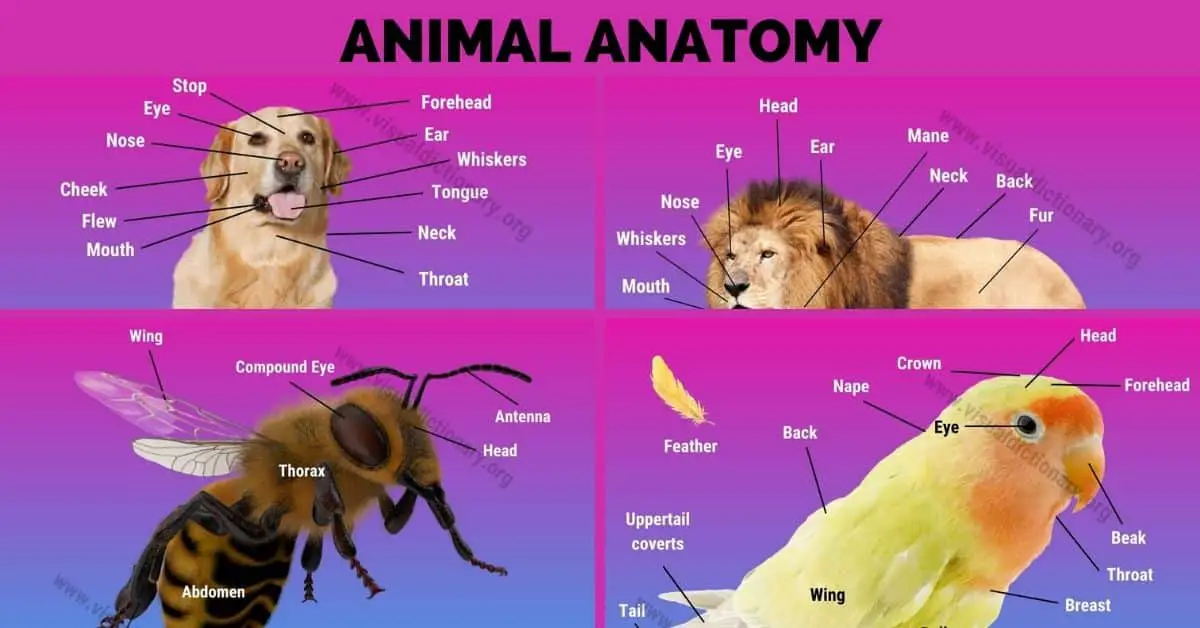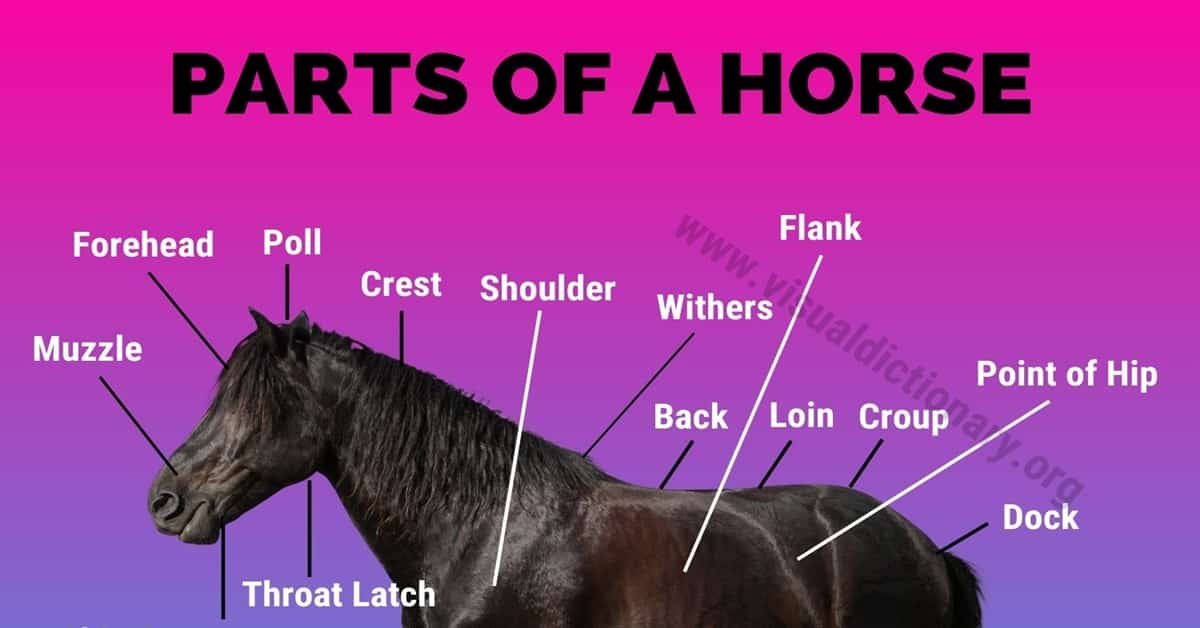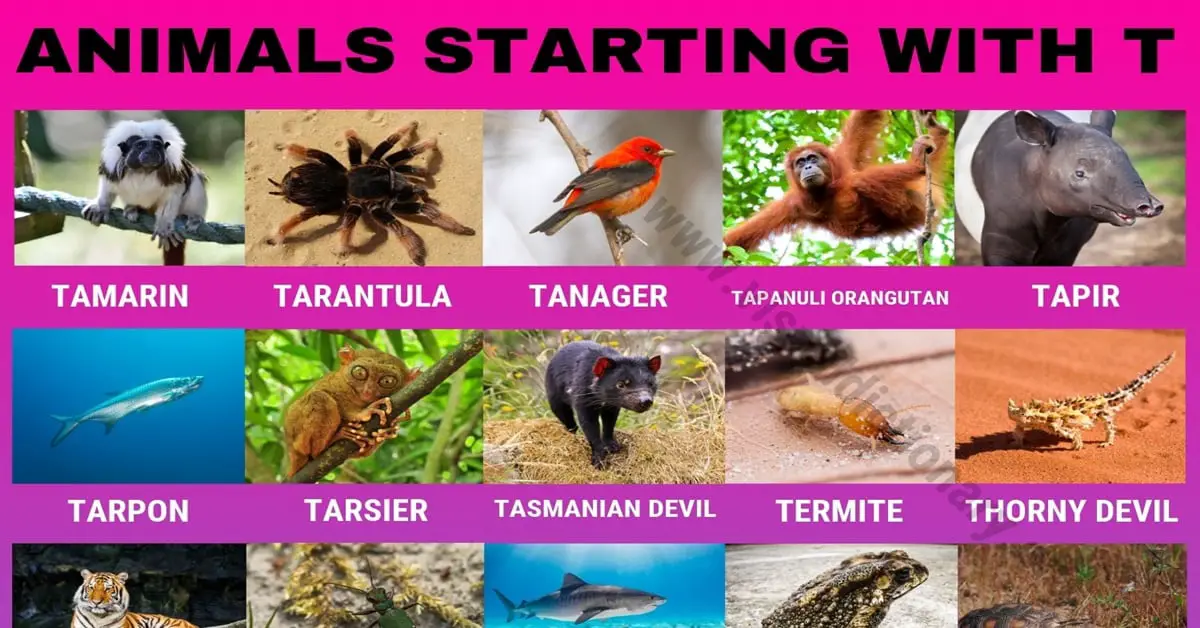Crabs are fascinating creatures that are found in oceans, rivers, and even on land. They have a hard outer shell known as an exoskeleton that protects them from predators and environmental factors. While each crab species is different, they share similar anatomical characteristics. In this article, we will explore the anatomy of a crab and learn about the different parts that make up their body.
Table of Contents
Crabs
Crabs are fascinating creatures that belong to the crustacean family. They come in a variety of shapes and sizes, with the largest crab being the Japanese spider crab, which can have a leg span of up to 4 meters. Crabs are generally covered with a thick exoskeleton made of chitin, which serves as a protective armor. They also have a pair of claws, or chelae, which they use for catching food, defending themselves, and fighting with other crabs.
Crabs generally have two pairs of antennae, which allow them to interact with their environment by touch and chemoreception. They also have two pairs of eyes, which are located on stalks and can move independently. Crabs have three pairs of legs, each ending in a large claw or cela. The first pair of legs on a crab end with claws, which are used for catching food and defending against predators.
The body of a crab consists of two main sections: the carapace and the abdomen. The carapace, or shell, serves as a protective armor, safeguarding the crab’s internal organs. Meanwhile, the abdomen houses the crab’s reproductive organs and provides flexibility for movement.
Crab Exoskeleton
The exoskeleton of a crab is an external shell made up of chitin, a tough, semi-transparent material that provides protection against predators and environmental factors. The exoskeleton is divided into three layers: epicuticle, exocuticle, and endocuticle. The epicuticle is the outermost layer, which is thin and waxy, and helps to prevent water loss. The exocuticle is the middle layer, which is thicker and provides strength and support to the exoskeleton. The endocuticle is the innermost layer, which is thin and flexible, and helps to protect the crab’s organs.
The exoskeleton of a crab is not a solid structure, but rather a series of plates and joints that allow for movement and flexibility. The plates are connected by a network of muscles, tendons, and ligaments, which allow the crab to move its legs, claws, and body. The joints are also covered in a thin layer of cartilage, which helps to reduce friction and wear and tear on the exoskeleton.
Crabs shed their exoskeletons periodically in a process called molting. During molting, the old exoskeleton is shed, and a new, larger exoskeleton is formed. The process of molting is controlled by hormones, and can take several weeks to complete. While the new exoskeleton is forming, the crab is vulnerable to predators, and must hide in a safe place until the process is complete.
Crab Anatomy
Crab Appendages
Walking Legs
Crabs have ten legs, with the first pair being modified into claws called chelipeds. The remaining eight legs are used for walking and are called walking legs. These legs are jointed and can move in different directions, allowing crabs to walk forward, backward, and sideways. The walking legs also have small spines and hairs that help the crab grip onto surfaces and climb over obstacles.
Chelipeds
The chelipeds are the first pair of legs on a crab and are modified into claws. These claws are used for various purposes, including catching food, defending against predators, and fighting between themselves. The claws are powerful and can exert a lot of force, allowing the crab to crush hard-shelled prey or defend themselves against predators.
Swimmerets
Swimmerets are small, leg-like structures located on the underside of the crab’s body. These structures are used for swimming and reproduction. In males, the first pair of swimmerets is modified into reproductive organs, while in females, the swimmerets are used to carry eggs.
Crab Sensory Organs
Eyes
Crabs have two compound eyes located on the ends of stalks. These eyes are made up of thousands of tiny lenses that allow the crab to see in many directions at once. The eyes are particularly sensitive to movement and can detect even the slightest motion in their environment.
Antennae
Crabs have two pairs of antennae, which are also known as feelers. The first pair of antennae is used to detect chemicals in the water, such as the scent of food or a potential mate. The second pair of antennae is used for touch and is particularly sensitive to vibrations in the water.
Parts of a Crab | List
- Abdomen
- Antenna
- Carpus
- Cephalothorax
- Claw or chela
- Dactyl
- Eyes
- Merus
- Propodus
- Swimming legs
- Walking legs
Frequently Asked Questions
What are the different body parts of a crab?
Crabs have a unique body structure that is divided into two main parts: the cephalothorax and the abdomen. The cephalothorax contains the crab’s eyes, antennae, mouthparts, and legs. The abdomen, on the other hand, is the soft, fleshy part of the crab’s body that contains its internal organs. Additionally, crabs have two large claws, also called chelae, that are used for defense and capturing prey.
How do the body parts of a crab function?
Each body part of a crab serves a specific function. The eyes, for example, allow the crab to see its surroundings and avoid danger. The antennae help the crab detect food and sense its environment. The mouthparts, including the mandibles and maxillipeds, are used to crush and grind food. The legs are used for movement, and the claws are used for defense and capturing prey.
Can you label the external anatomy of a crab?
Yes, the external anatomy of a crab can be labeled. The carapace is the hard shell that covers the cephalothorax, while the rostrum is the pointed projection at the front of the carapace. The eyes are located on either side of the rostrum, and the antennae are located on the front of the carapace. The walking legs are attached to the thorax, and the chelae are attached to the front of the cephalothorax.
What body parts of a crab are used for protection?
Crabs use their hard exoskeletons and chelae for protection. The exoskeleton protects the crab’s internal organs from predators, while the chelae are used to defend against predators and capture prey. Additionally, some species of crabs have sharp spines on their carapace that provide further protection.
What is the anatomy of a crab’s mouth?
The anatomy of a crab’s mouth includes mandibles and maxillipeds. The mandibles are used for crushing and grinding food, while the maxillipeds are used for manipulating and handling food. Additionally, crabs have a small, fleshy structure called a labrum that helps guide food into their mouth.
How does the anatomy of a crab claw work?
The anatomy of a crab claw includes a movable finger and an immovable finger. The movable finger is controlled by a series of muscles and tendons, while the immovable finger provides a stable base for the claw. When a crab catches prey, it uses its chelae to crush and cut the food into smaller pieces before consuming it.
Related terms:







